Poultry
All Poultry Content
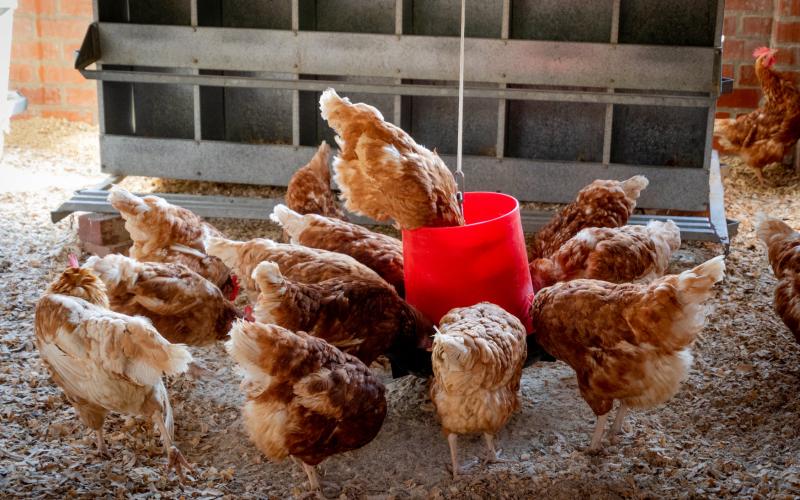
Tips for Feeding Poultry Wisely
During the March 1st Animal Care Wednesday Webinar, we learned the basics of feeding poultry. Brett Kreifels, Extension Assistant-4-H with University of Nebraska-Lincoln, explained the nutritional requirements and basic feeding tips to help ensure the health and well-being of chickens.
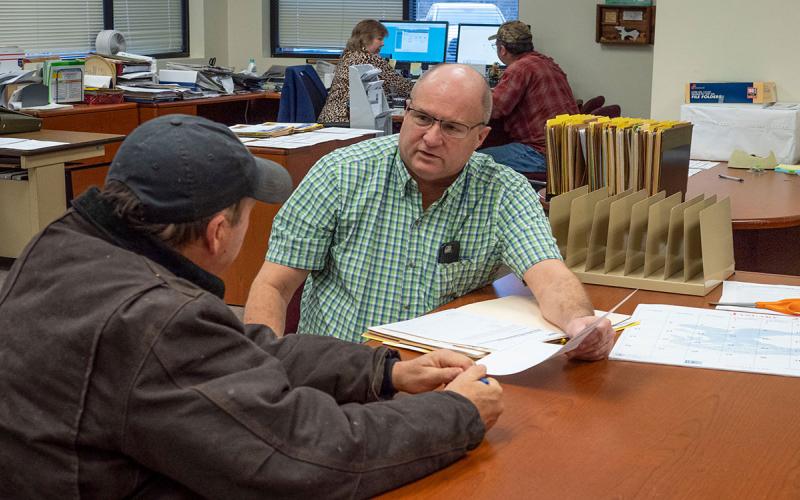
Livestock Loss Assistance Available
Has your operation experienced a sudden catastrophic loss of livestock due to weather? Financial assistance may be available through the USDA Livestock Indemnity Program.
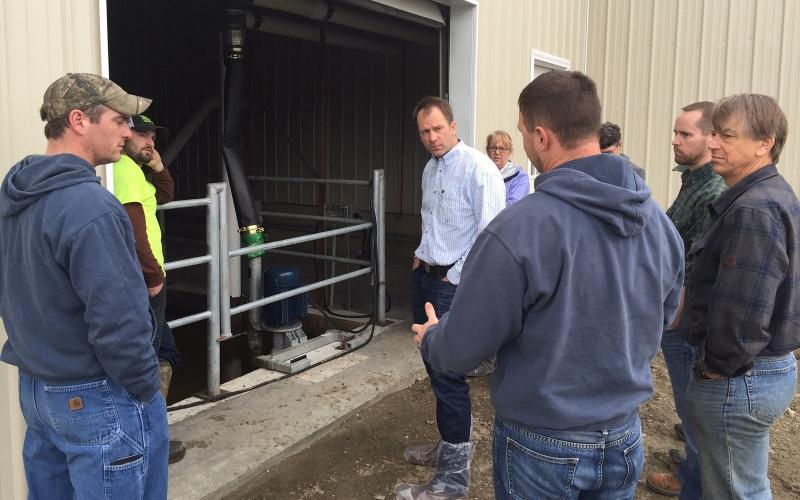
Dealing With Emergency Manure Runoff
With the recent flooding that the region has experienced and snowmelt that is yet to come, it is essential for livestock operators with animal waste management systems to regularly check on structures in order to prevent a manure storage spill.
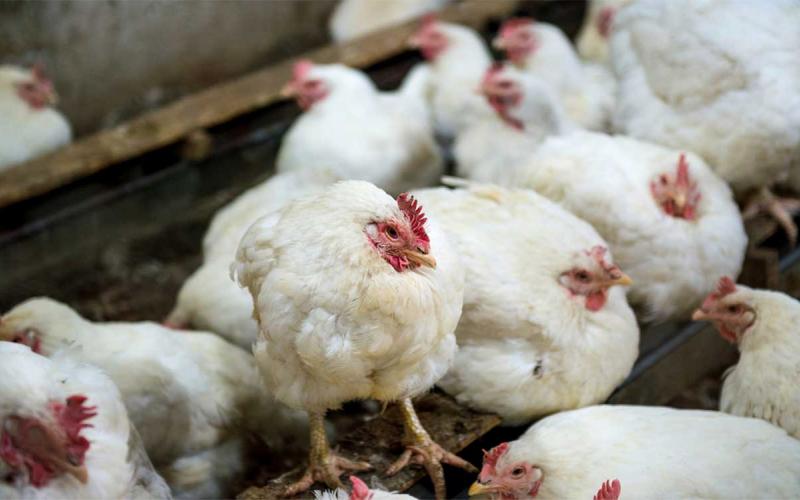
Importance of Chicken Infectious Bronchitis Virus: Q&A
Infectious bronchitis virus (IBV) is a coronavirus that infects chicken flocks, causing respiratory disease. Some IBV isolates can result in a kidney disease (nephritis). Drop of egg production in laying hens is an important sign for IBV infection.
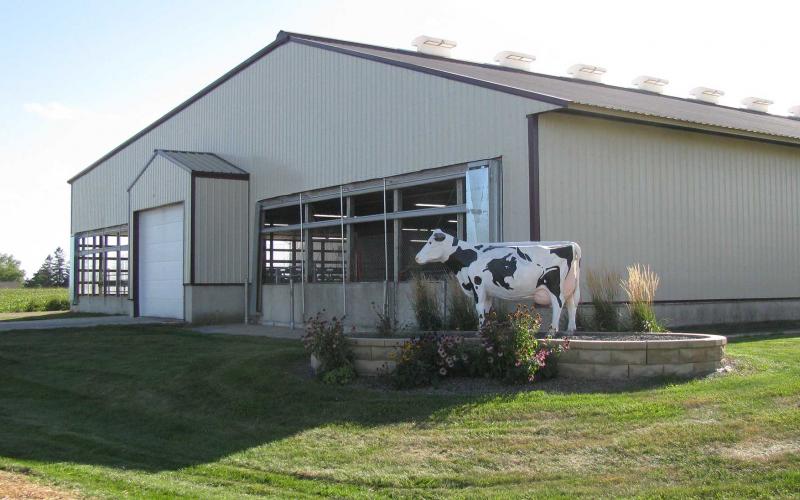
South Dakota Odor Footprint Tool
Two-part fact sheets explaining the South Dakota Odor Footprint Tool. Part I: Principles and Tools and Part II: Examples.
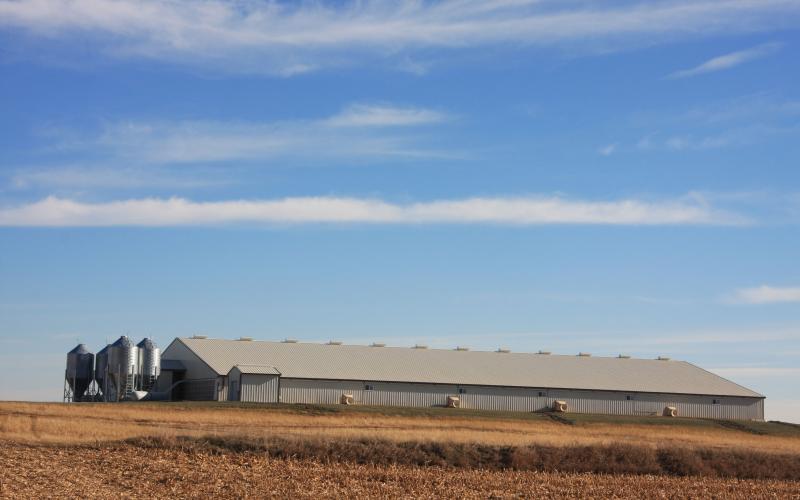
Optical Dust Meters May Misestimate Dust Concentrations in Animal Barns
Fact sheet aiming to address the measurement bias issue associated with optical dust meters.